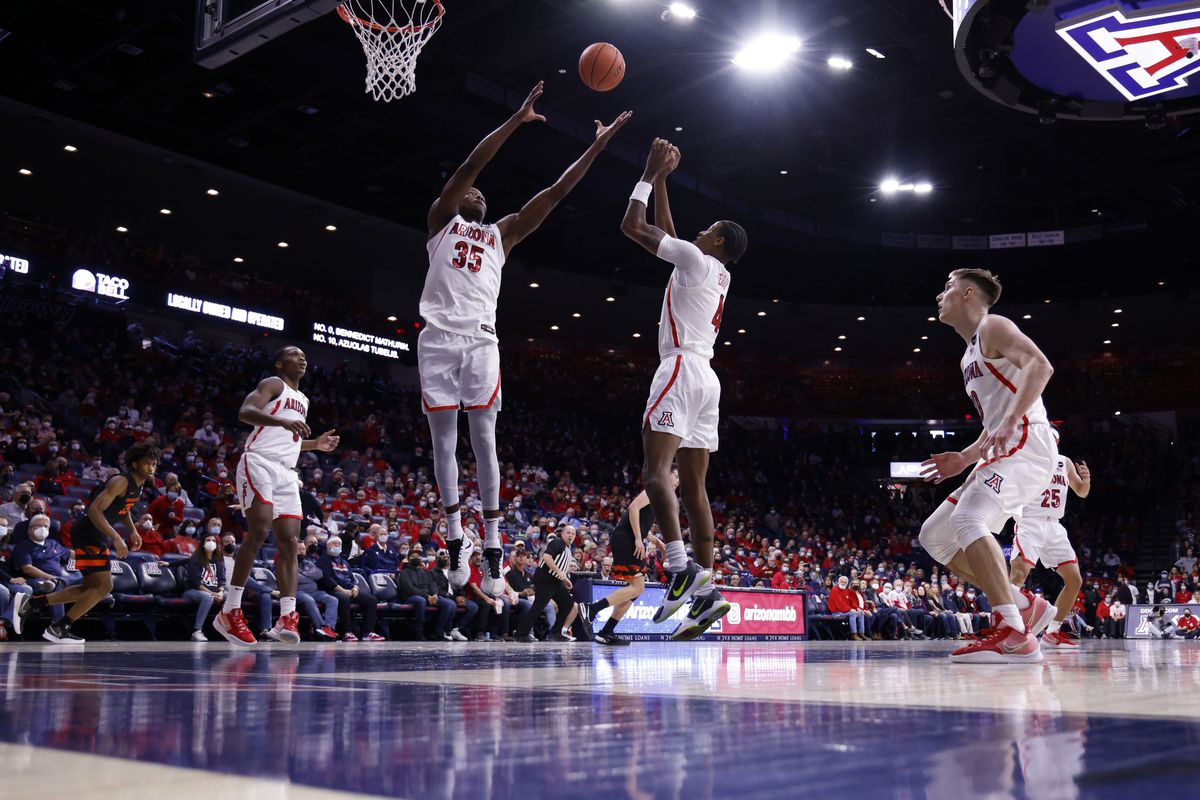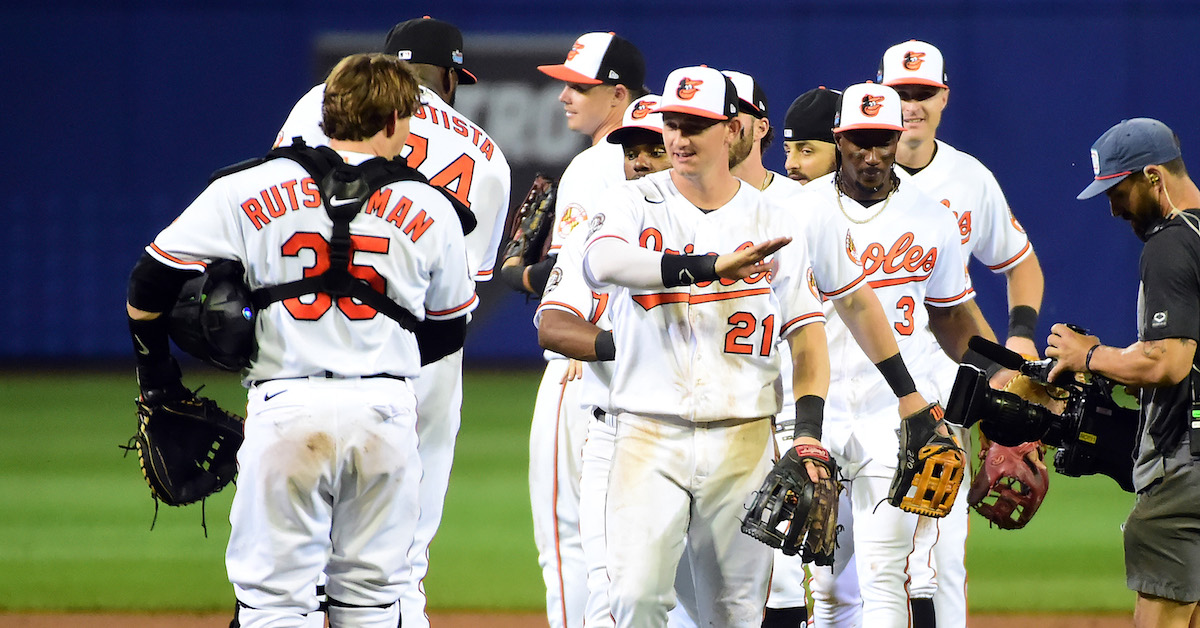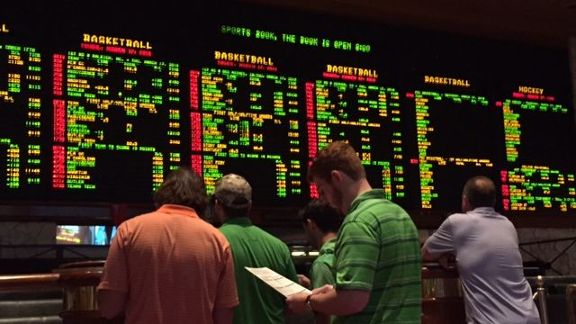Any experienced NCAAB bettor knows March Madness’ reputation for upsets, buzzer-beaters, and more havoc than a Shaka Smart defense on amphetamines. But is there really as much chaos to the tournament as there appears, or are have we all fallen victim to YouTube bias? Even though you’ve watched the highlights of #15 Lehigh beating #2 Duke 35 times, it still only happened once.
To get a more accurate sense of how March Madness tends to play out, eschew the videos and look to the trends. Below are 11 of the best, strangest, and most-bankable trends for the first two rounds of the NCAA Tournament.
1. Only one #1 seed has ever lost in the first round
We will get to stats you haven’t already heard a thousand times in short order, but every March Madness trends article has to start here. In 2018, when #16 UMBC beat #1 Virginia, it was the first time a #1 seed had ever lost in the first round.
Prior to that, only two #16 seeds had ever lost by less than a bucket:
| TEAM | SCORE | TEAM |
|---|---|---|
| #1 Georgetown | 50-49 | #16 Princeton |
| #1 Oklahoma | 72-71 | #16 East Tennessee State |
Top seeds are now 135-1 against #16 seeds.
2. The #1 seeds win at least two games 86% of the time
After feasting on lowly #16 seeds, the top dogs still have room for dessert: #1 seeds are 120-19 (86.3% win-rate) in the second round since 1985. That’s significantly better than #2 seeds, which are just 89-43 (67.4% win-rate).
3. The #1 seeds cover the spread if it’s less than 20 points
After the 2018 tournament, #1 seeds are 8-2 in their last 10 games against #16 seeds when the point spread is less than 20.
4. The #7 seeds crush the #10 seeds
That’s overstating it a bit, but given the NCAA Tournament’s reputation for upsets, a lot of amateur bracketologists assume that the #7-vs-#10 matchups are basically toss-ups, and that’s not the least bit true. The #7 seeds have won at a 60.7% clip and are 85-55 all-time.
5. But the #10 seeds have staying power
[When #10 seeds] survive the Round of 64, they’re batting nearly 42.9% in the Round of 32.
The history of #10 seeds in the first round isn’t great (see above). Yet, when they do survive the Round of 64, they’re batting 42.9% in the Round of 32, going 24-32 all-time. If there’s a #10 seed you love in the first round, take a hard look at their matchup in the second round and don’t assume they’ll be one-and-done.
6. The First Four are primed for more
Since the tournament expanded to 68 teams and implemented the “First Four” (2011), one of the teams to advance from that preliminary section of the bracket won a Round of 64, as well, until 2019. Both Belmont and Arizona State were eliminated in the Round of 64.
7. The #9 seeds are one-hit wonders
The #8 vs #9 games are true coin-flips (70-66 since 1985), and the selection committee has long said that the eight teams grouped in the #8-9 range are treated as equals. That makes the discrepancy in their second-round success really strange: #8 seeds are 13-55 (19.1% win-rate), while #9 seeds are an atrocious 7-65 (9.7% win-rate).
| SEED | ROUND OF 64 WIN-RATE | ROUND OF 32 WIN-RATE |
|---|---|---|
| #8 | 48.5% | 19.5% |
| #9 | 51.5% | 9.7% |
8. Underdogs have covered 26 of the last 44 games between #8 & #9 seeds.
Again, #8 and #9 seeds are almost in a dead-heat over the last 33 years, and the parity has translated to the betting realm. Taking the points has been the wise move 59.1% of the time over the last 11 tournaments.
9. The #11 seeds are first-round phenoms
Going back to the 2011 tournament, #11 seeds are .500 against #6 seeds in the first round, going 20-20 in that span. In the 2017 tournament, Xavier, USC, and Rhode Island all won as #11 seeds, and Xavier advanced all the way to the Elite Eight.
Going back to the 2011 tournament, #11 seeds are … 20-20 [against #6 seeds].
In 2019, both #11 Syracuse and #11 Loyola-Chicago won multiple games.
10. The #13 line is the parity cut-off
Every year, talking-heads (and, to some extent, computer algorithms) detail the increased parity in the college game. It’s also well documented that #12 seeds (50-90 all-time; 35.7% win-rate) are basically as good as #11 seeds (52-88 all-time; 37.1% win-rate) in the Round of 64.
When you get to #13 seeds, though, David runs out of rocks and Goliath pulverizes the word parity between his heartless hands. What I’m trying to say is that #13 seeds are a dismal 29-111 (20.7% win-rate) in the Round of 64.






